Grenoble's eco-districts
Posted by Céline BAUDIN on 03/22/2022 at 16:01

Par Elise /
LIVING BETTER IN GRENOBLE THANKS TO ECO-RESPONSIBLE DISTRICTS
A pioneer in terms of eco-responsible architecture, Grenoble has been making a name for itself for many years with districts that have been renovated and designed with sustainability and the environment in mind.
Ever more demanding, the criteria for saving resources and energy performance are often ahead of those imposed later by the French government. So it's hardly surprising that housing is at the heart of the debate in this European Green Capital year. This spring, we'll be taking you on a guided tours of these districts!
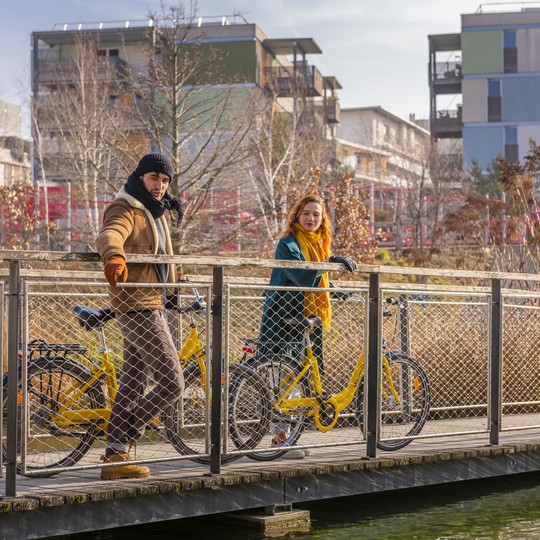
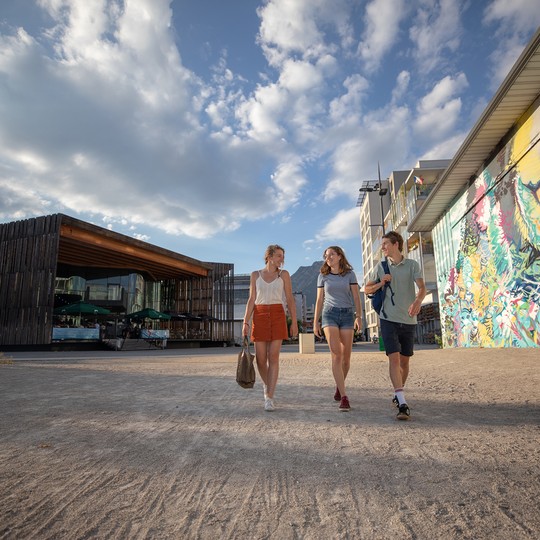
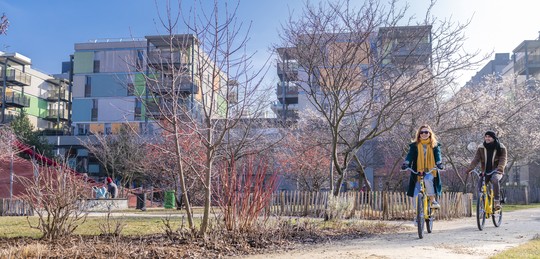
Bonne eco-district
The joint development zone of Bonne is an experimental area, the first French eco-district to be awarded the label in 2009. Its ambition was avant-garde for its time: to create extremely efficient developments in the heart of the city, with the aim of not exceeding 50 kWh per m2 of living space per year.
With its shopping centre, green spaces and arthouse cinema , the Caserne de Bonne is a great place to live and walk around. Covering an area of 8.5 hectares, it gives an idea of what can be achieved in terms of urban renovation, despite the high population density. A blend of architecture and nature, the Bonne eco-district is Grenoble’s first step towards greener town planning.
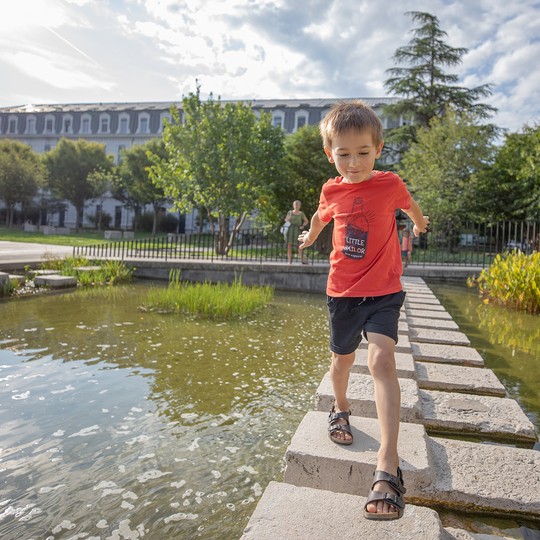
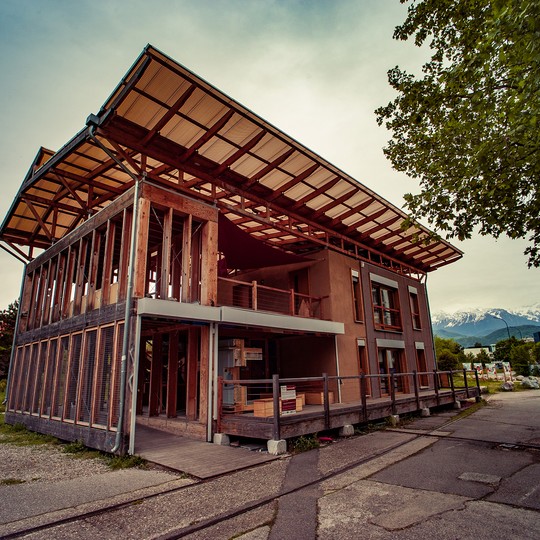
Flaubert eco-district
This is the largest eco-district in Grenoble today, if you exclude the huge area of the peninsula. Along the former railway line, a major urban renovation project has been in full swing for several years now. A former industrial wasteland, the Flaubert eco-district is still under construction, but its future can already be seen in the various buildings that have already been completed.
Against the Flaubert park, the Haut Bois building, for example, is a fine architectural innovation but also an environmental and social one thanks to its all-wood structure. It's the first passive building of its kind in France, but clearly not the only one to reimagine the way we build: just look at the Terra Nostra building next door for proof!
Bouchayer-Viallet eco-district
Renovated shortly after the Caserne de Bonne, the Bouchayer-Viallet eco-district is in some ways its mirror image: the Bonne district favours housing, whereas the Bouchayer-Viallet district is more oriented towards office and retail developments. Around the beautiful Andry Farcy promenade, you'll find housing, as well as the La Belle Électrique theatre and the Magasin des Horizons, the National Centre for Contemporary Arts.
A large-scale industrial site, it has more constraints because some of its old buildings had to be preserved, in particular the old covered market. Spread over 14 hectares, you can admire the beauty of both old and new in this eco-district that blends the 19th and 21st centuries.
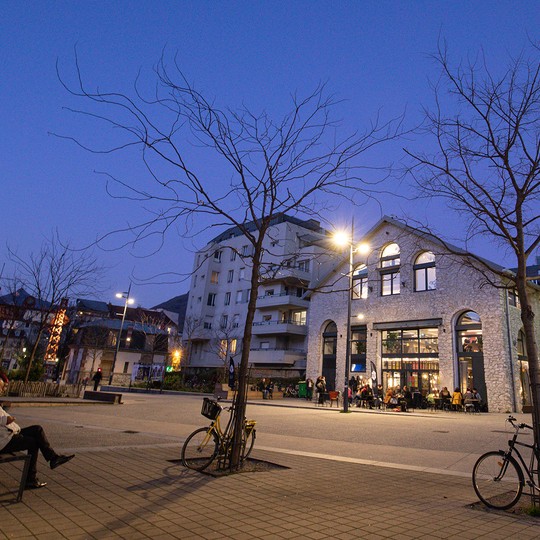

Cambridge district
For a long time, Grenoble's peninsula was a military site, but today it has been completely transformed by the laboratories and scientific facilities that have made this area a hotbed of international innovation. The Cambridge district is an integral part of the peninsula’s joint development zone, which has not yet been awarded the eco-district label.
This new urban district has been developing for several years now, pushing back the boundaries of energy performance and new ways of saving natural resources. A surprising experiment, the ABC building, for example, offers a new way of life, combining ecology and citizenship.
Between the Isère and Drac rivers, the Cambridge district provides a new vision of the housing of the future.
Learn more with guided tours
Understand the specificities of these living spaces during a guided tour of the most innovative constructions of the 2000s.
